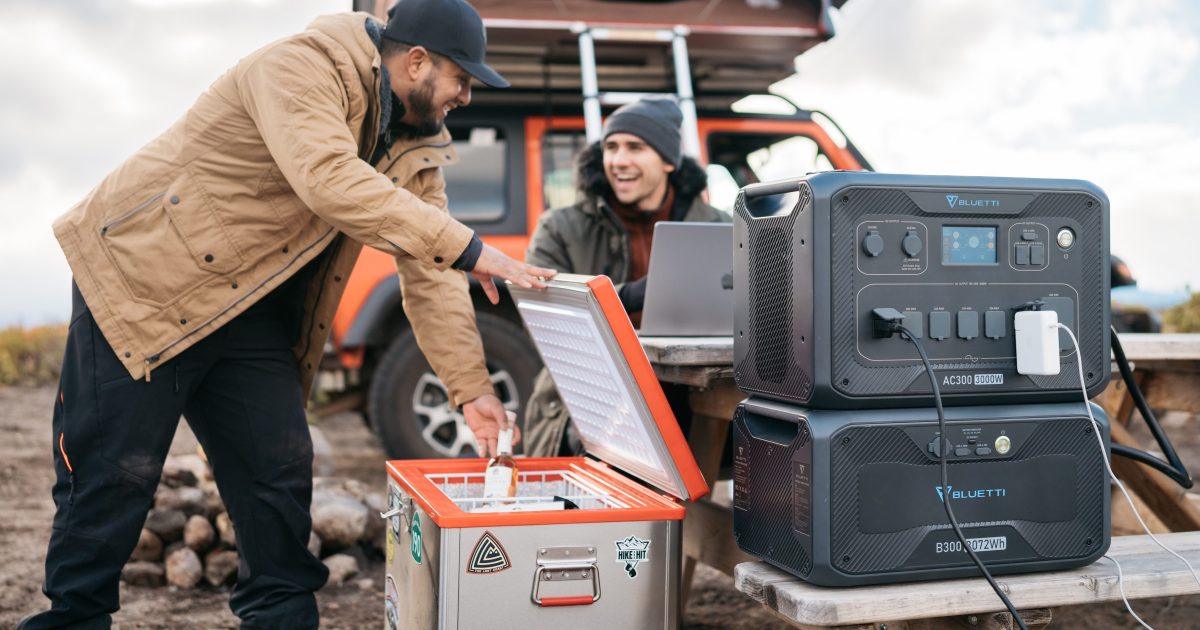| Stacked Architecture of the chipset Samsung details in its new paper. |
Samsung has published a paper detailing a new stacked CMOS mobile image sensor that uses a 14nm processing layer to deliver high-resolution images while reducing power consumption.
The stacked sensor consists of two chips: a 12MP backside-illuminated (BSI) pixel chip on the top that uses 65nm process and a bottom chip for analog and logic circuits that uses 14nm process. By using the super-fine 14nm process on the processing layer, Samsung says it could achieve a 29% drop in power consumption compared to current conventional sensors that use a 65nm/28nm process.
 |
| Microphotograph of Implemented Sensor (Left: Top Chip & Right: Bottom Chip) |
Samsung says the chip is capable of outputting at 120 frames per second while consuming just 612mW of power. The analog and digital power supply requirements also drop to 2.2V and 0.8V, respectively, compared to conventional 65nm/28nm process chipsets.
What this all translates to is a more energy-efficient stacked sensor for future smartphones that also manages to improve data throughput and reduce noise. It also paves the way for creating sensors with smaller pixel pitches, maximizing the potential for even higher-resolution sensors without increasing the size of mobile sensors. As illustrated in the below graphic, a 16MP sensor with a 1.0um pixel pitch is the same size as a 13MP sensor with a 1.12um pixel pitch.
 |
Of course, smaller pixels means each pixel will be less sensitive, but Samsung emphasizes this shortcoming can be overcome through its pixel-merging technologies such as its Tetracell (2×2) and Nonacell (3×3) technologies, which will merge data from neighboring pixels together to achieve better image quality when light is scarce.
 |
| Specifications of the 12MP sensor Samsung details in its paper. |
Samsung specifically notes the power-saving nature of stacked sensors using the 65nm/14nm process will be ‘critical’ for 8K video capture and even higher-resolution sensors, as power consumption is one of the biggest factors limiting 8K capture on current smartphones.
As tends to be the case with developments of this kind, there’s no knowing when we might see this 65nm/14nm stacked sensor design inside a consumer smartphone.








/https://specials-images.forbesimg.com/imageserve/5f7dd9b37045fabe6067c57c/0x0.jpg)




